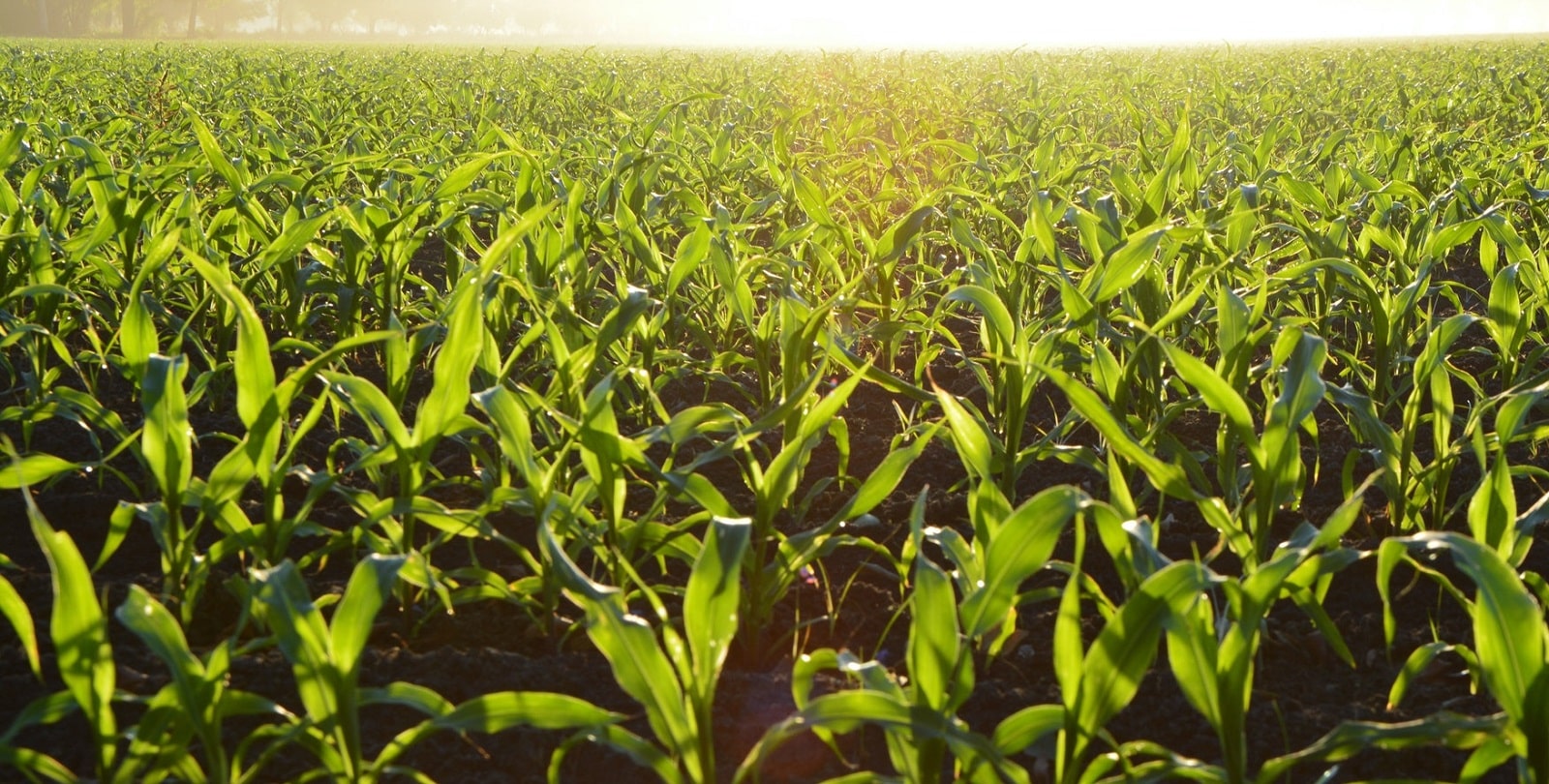In agriculture, growers must work with quality earth that contains healthy levels of soil nutrients. When striving to grow lush, healthy plants that produce favourable yields, soil nutrient quality must be high.
It’s no secret that keeping soil ripe with fertile nutrients – such as nitrogen, potassium and phosphorus, requires effort and care. However, soil nutrients are often quickly depleted due to natural elements, poor farming practices, and inappropriate fertilizer product selections.
Selecting the right nutrient-enhancing products for your soil, monitoring soil and plant health, and increasing your fertilizer efficiency can help to maintain soil fertility for many years. This is especially important to encourage long-term quality plant nutrition and greater harvest yields.
This article shares proven tips growing professionals can use in an effective soil nutrient management program.
Take a Long-Term Approach to Soil Nutrient Management
Soil nutrient management is most effective when a long-term approach is adopted. One technique for creating a sustainable soil nutrient management strategy, with built-in longevity, is to select fertilizers that boost nutrient content, soil texture, and soil health. This way, you can nourish and uplift your land’s health for years, not just for one season.
Use Enhanced Efficiency Fertilizers
Examples of fertilizers that can be instrumental as part of a long-term, sustainable, soil nutrient management strategy include the organic Enhanced Efficiency Fertilizers available from Green Wave Products. These high-performing products are developed to improve soil health. For example, they can prevent the loss of vital soil nutrients such as phosphorus, nitrogen, and potassium.
Prevent Soil Nutrient Depletion
Soil structure and nutrient integrity are essential to growing nutrient-dense vegetation. Soil is negatively impacted by chemically-based farming products that are low in organic matter content. Chemical fertilizers have been proven to pollute soils and cause the depletion of crucial plant-producing nutrients.
Agricultural chemical products can also speed up natural processes that further deplete soil nutrients. Erosional forces, leaching, and soil pH imbalance can be amplified further when low-quality, environmentally unfriendly fertilizing products are used.
A simple, cost-effective method to limit soil pollution and retain nutrient content in soil is to move away from inorganic and harsh fertilizer formulations. Opting for clean, nutrient-dense organic formulations that serve to heal and regenerate damaged soils will lead to better crop production for years to come.
Know Your Soil’s Needs
Knowing what is – and isn’t, in your soil is key to understanding its health and fertility. Without a thorough understanding of the structure and components of the earth you’re working with, it isn’t easy to address its unique needs. Testing your soil is the best way to understand what macronutrients, micronutrients, and soil minerals your patch of earth needs.
Soil Testing Frequency
The frequency that you should test your soil depends on numerous factors. According to the University of Tennessee’s Institute of Agriculture, soil testing should be done on all crop types anytime a nutrient deficiency is detected or at the start of crop rotation.
More crop-specific soil testing guidelines include:
- Continuous Row Crops – every two to three years
- Double cropping systems – every two years
- Continuous No-Till (Soybeans only) – every three to five years
- Continuous Corn or Cotton – every two years
- Hay – every two years
- Cash crops (vegetables, tobacco) – annually
After testing your soil, you’ll have a better understanding of how to use organic materials to improve your land’s health and well-being.
Apply Fertilizers More Efficiently
The method used to apply an organic fertilizer will impact how well your chosen product will maintain and improve your soil’s nutrient content. There are several different ways to add fertilizer to a field, a crop, home garden, or lawn environment. Not every method is right for every fertilizer.
The methods for applying fertilizers vary based on the type of fertilizer being used, the product’s mode of action, the point during the growing season they are added, and the size of land being fertilized. One method that best supports organic, enhanced efficiency fertilizers that promote nitrogen fixation and nutrient uptake is foliar feeding.
Foliar Feeding
“Foliar feeding” is the term used to describe the application of liquid fertilizer directly to the leaves, stems, and flowers of a plant and about 30% to the soil around the plants. When using AgriPOWER’s organic HGDF fertilizer, foliar feeding enables the nutrients to be absorbed directly by the plant’s foliage.
This type of fertilizer application benefits both the plant and the soil where it’s grown. First, the plant is exposed to the essential macro and micronutrients it needs to produce lush vegetation. Then, after harvest, the falling foliage and vegetation debris that decomposes in the soil will replenish nutrients to the ground to feed beneficial soil organisms and improve future crops.
Organic Methods Improve Soil Nutrients Naturally
For a more efficient, sustainable, and successful way to maintain soil nutrients, rely on methods that are beneficial to both your land and the environment. Opting for fertilizing products that produce healthier plants, achieving increased crop yields, and are safe for the environment is attainable with organic, highly efficient fertilizers.
For more information on how Green Wave Products can benefit your agriculture endeavors, contact our team.



